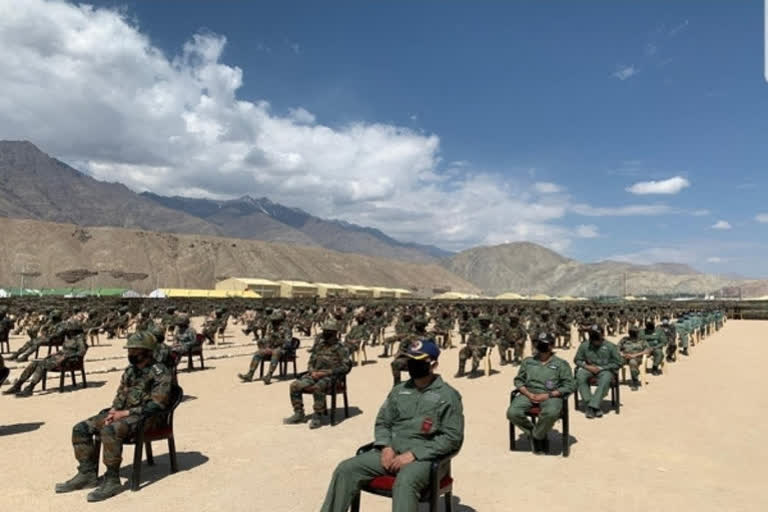New Delhi: On Tuesday, after formal talks between Indian defence and foreign ministers Rajnath Singh and Subrahmanyam Jaishankar with their US counterparts Mark Esper and Mike Pompeo respectively at the national capital’s Hyderabad House, India and US signed the last of the three fundamental military pacts during the ‘2 plus 2’ dialogue.
Called BECA (Basic Exchange and Cooperation Agreement), the new pact will give India access to the much advanced and accurate US geo-spatial data including digital imagery and maps besides being the first step for India to acquire the armed UAVs and killer drones. Access to the US geospatial data is a must for these UAVs to effectively operate.
But the question that has really risen in many minds is what has India committed to the US besides being a critical ally in an anti-China front?
India in Afghanistan
Successive US regimes have sought a more active Indian role in Afghanistan at the core of which lies Indian boots on the ground in Afghanistan—something India has managed to avoid till now. Both President Barack Obama and now Donald Trump have sought a more ‘central role’ of India in Afghanistan.
With President Trump already stating that all US troops will head for home from Afghanistan by Christmas, the Kabul government is already alarmed while the Taliban has welcomed Trump’s declaration.
So the question is—has US extracted an Indian commitment to deploy soldiers in conflict-torn Afghanistan?
About three months ago, President Trump told reporters in the White House while responding to a query on US presence in Afghanistan: “India is right there, they are not fighting it, we are fighting it.”
In January, Hamdullah Mohib, National Security Adviser of Afghanistan, is understood to have requested deployment of Indian troops (a Brigade or a Division) in Afghanistan.
READ: 2 Army personnel injured in mine blast along LoC in J-K's Poonch
While an increased Indian role in Afghanistan may also be in sync with Prime Minister Narendra Modi’s vision of India as a global power, and the fact that Afghanistan is within the realm of India’s ‘strategic neighbourhood’, it is a role that is fraught with many dangers.
At a time when India is already fighting the specter of a two-front conflict, India cannot simply afford a ‘third front’. And if it does, China’s ends will be served.
But at the same time, India’s absence from the high table in Kabul will imply Pakistan’s proxies will have a free hand. So it is an issue that requires a careful cost-benefit analysis by New Delhi.
US troops have been deployed in Afghanistan since September 2001. India’s only major overseas active military involvement ended in a debacle with a withdrawal from the island nation in 1990. About 40,000 Indian soldiers were part of that ill-fated Indian Peace-Keeping Force (IPKF) campaign in Sri Lanka of which about 1,200 lost their lives.
INDIA-US PACTS
Besides BECA, the other agreements were the Logistics Exchange Memorandum of Agreement (LEMOA) in 2016 and the Communications Compatibility and Security Agreement (COMCASA) in 2018.
LEMOA allows mutual use of military facilities while COMCASA allows US to station communication equipment in India besides secure transmission and real-time exchange of military data and information.
Together BECA, LEMOA and COMCASA will make it much easier for US to transfer military technology. India is the only non-NATO country to share such an enhanced relationship with the US.
READ: Saudi Arabia removes PoK, Gilgit-Baltistan from Pakistan's map



